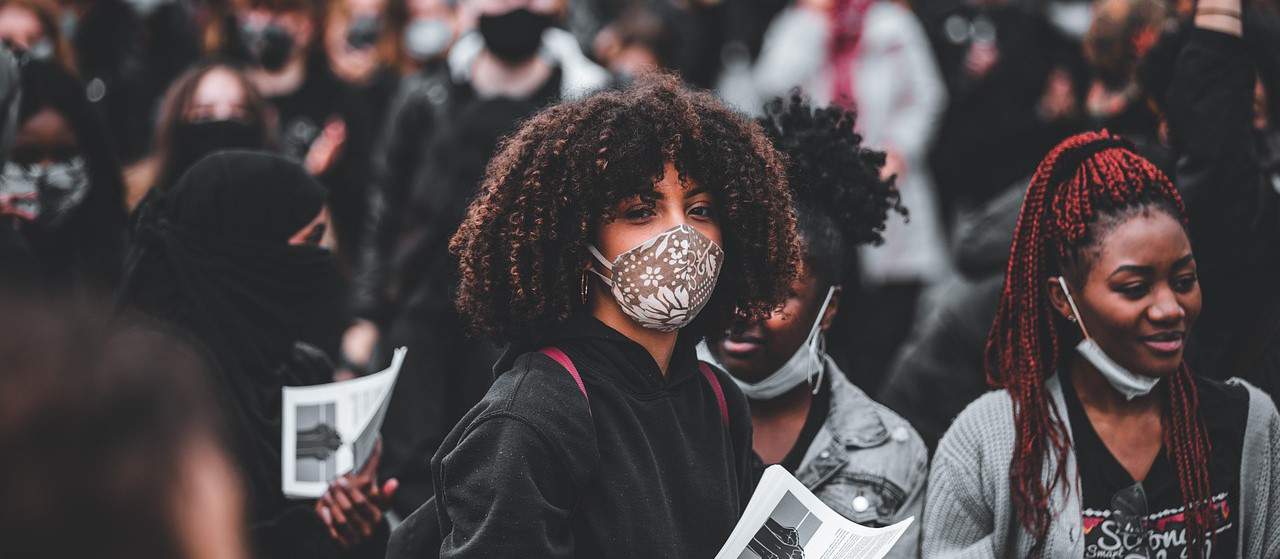
There is no doubt that we need change. We, as youth, feel compelled to fight for our waning future. Desperate times call for desperate measures, and after COP26 you can only conclude it will get more desperate. This is where I believe local and global movements have the ability to create change.
As an active member and part-taker of local and global movements, such as Global Shapers and Climate Reality Corps for Future on the global scale or Greentalks NGO on the local scale, I am convinced that youth-led global movements are an intrinsically important contribution to change at the social, political and structural levels. In the following, I would like to discuss some of the strengths that I identify as most important to bring about change, while also defining youth movements:
How to Promote Change: These are the Strengths of Global and Local Movements
First of all, one of the biggest strengths is visibility and exposure. Through traditional or social media, these movements can harness much exposure to the causes for which they are fighting. They are creating an ever-expanding bubble of information by using various platforms. Other movements are replicating the information in turn by sharing the same or very similar information. I would like to give two examples: Fridays for Future and Climate Strike, with Greta Thunberg as a very visible profile on the global scale as well as the national movement #YoSoy132 in Mexico which generated a big influence during the 2012 election.
I would argue secondly, that these movements hold decision makers accountable. Even if their activities are more focused on the local scale, activists exercise a kind of public scrutiny; Precisely because they hold corporations, businesses, governments, and individuals representing the status quo, who resist change publicly accountable by repeatedly criticizing them in high-profile debates and demonstrations. Global movements exert a powerful pressure. Through their protests, they make action and non-action visible.
Another strength of global change movements is their organic growth through local grass roots movements. These small, local movement are having very low barriers. They are promoting self-organized local-level efforts and encourage other members of the community to participate in activities with the goal to get as many people as possible to participate. Since very different activities are planned, this approach makes it easier to gain followers and adherents. Everyone can contribute their own personal strengths, they have room to voice their opinions, express and organize themselves through social networks.
Finally, I would argue that these movements are characterized by how massive and horizontal they are. Because they rely heavily on social networks and technology in general, they can mobilize and manage large groups of people who rally around a common cause. Their dynamism and sporadic growth transcend and surpass existing hindering structures.
Feeding two birds with one effective seed
When it comes to the question what kind of movement (local or global) can be more effective, I don’t think there is a clear answer. Based on my experience and the changes that I and my fellow activists have achieved at the local level, I would say that it is not a question of which movements are more effective, but rather about how they can work together. Movements at the local and global levels are necessary. Because even though the objectives may be very similar, the organization and scale of the changes they seek require different strategies and approaches. While global movements primarily target the top economic powers (governments, intergovernmental organizations or transnational corporations), local movements tend to target national governments and smaller scale companies.
The effectiveness of the movements cannot only be measured by just one variable. Both, the change achieved and how achieving the desired state becomes possible, are important. For example, when it comes to climate change, a change in the existing economic system (extraction, production, consumption and discarding) is needed, but at the same time traditions and individual habits are challenged and need to be adjusted.
Therefore, in conclusion, I believe that a much closer and constant approach is required in order to push real, sustainable change at local and global levels forward. The various protest movements and movement actors need to work more closely together to advance the demands, to monitor too many responsible actors, and to establish a structure that is also able to implement the demands and translate them into public action.
An article by Daniel Sánchez.
___
The views and opinions expressed in this article are those of the author and do not necessarily reflect the views of the Global Solutions Initiative.
___
The author is member of the extended circle community of the Young Global Changers program.
 Daniel Sánchez, Mexico, is a glocal citizen, entrepreneur, circular economy & zero waste consultant. He is the Co-Founder of “Elica Avante”, promoting circular economy and consumer behavior change by designing and implementing Zero Waste programs for companies and consumers with over 10 years of experience in LATAM. Daniel is an avid runner, hiker, nature photo enthusiast and mental health advocate as well as a Baja California enthusiast.
Daniel Sánchez, Mexico, is a glocal citizen, entrepreneur, circular economy & zero waste consultant. He is the Co-Founder of “Elica Avante”, promoting circular economy and consumer behavior change by designing and implementing Zero Waste programs for companies and consumers with over 10 years of experience in LATAM. Daniel is an avid runner, hiker, nature photo enthusiast and mental health advocate as well as a Baja California enthusiast.
